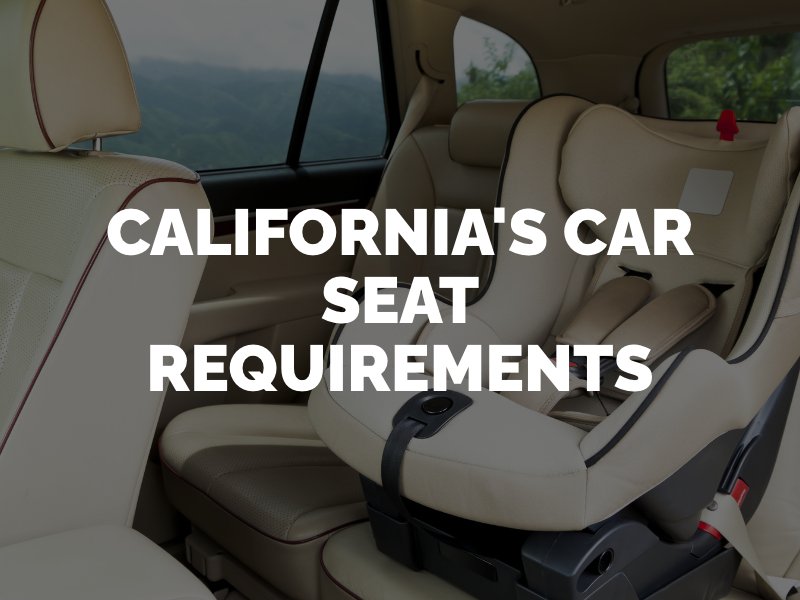How to Obey California’s Car Seat Laws and Protect Your Child
Children are extremely vulnerable to injuries in motor vehicle accidents if they are not properly secured in the correct safety seats. An average of 3 children under the age of 14 were killed and 445 were injured every day in traffic accidents in 2021, according to the National Highway Traffic Safety Administration (NHTSA). The best way you can protect your child is by obeying California’s car seat laws on every drive.

What Is California’s Car Seat Law?
According to California Vehicle Code Section 27360, all children transported in motor vehicles must be properly secured in an appropriate child passenger restraint system that meets applicable federal motor vehicle safety standards if they are under the age of eight or less than 4’9” tall. There are rare exceptions when safety seats cannot be used for medical reasons.
Children should be positioned in the rear seat of a motor vehicle whenever possible. The front seat of a vehicle is not safe for young passengers, as the force of airbag deployment could be harmful to a child in the event of a car accident. If a child has to ride in the front seat for any reason, the passenger-side airbag must be switched to the “off” position.
California law states that a child under the age of eight may only ride in the front seat of a motor vehicle if there is no rear seat, all rear seats are already occupied by children under the age of eight, the rear seats are side-facing or rear-facing seats, a child passenger restraint system cannot be properly installed in the rear seat, or if there are medical reasons why the child cannot ride in the rear seat.
Which Type of Car Seat Is Right for Your Child?
California law is specific about which types of child restraint systems are appropriate based on a child’s age, height and weight, as well as the instructions given by the manufacturer of the car seat. It is important to obey these rules for your child’s safety, as car seats are not designed to protect children who have outgrown them.
By law, the correct types of child safety systems are:
- 0-2 years old: infants in California must be properly fastened in rear-facing child passenger restraint systems until they reach a weight of 40 pounds or a height of 40 inches, or until surpassing the height and weight limit specified by the car seat’s manufacturer
- 2-4 years old: although California law does not address the transition between a rear-facing seat and a booster seat, the NHTSA recommends keeping a child in a rear-facing seat for as long as possible, then graduating to a forward-facing car seat until the child reaches the maximum height or weight limit given by the manufacturer.
- 4-7 years old: California law requires children to be secured in booster seats to lift them to the appropriate height to use seat belts (both a shoulder and lap belt). A booster seat must be used until a child turns eight years old or reaches a height of at least 4’9.”
Vehicle passengers who are 16 years of age and older are required to wear seat belts at all times under California’s mandatory seat belt law. A violation of this law is punishable by a fine of $20 for a first offense, up to $50 for each subsequent offense. Breaking California’s car seat laws is punishable with a $100 fine for a first offense and $250 for any subsequent offenses.
